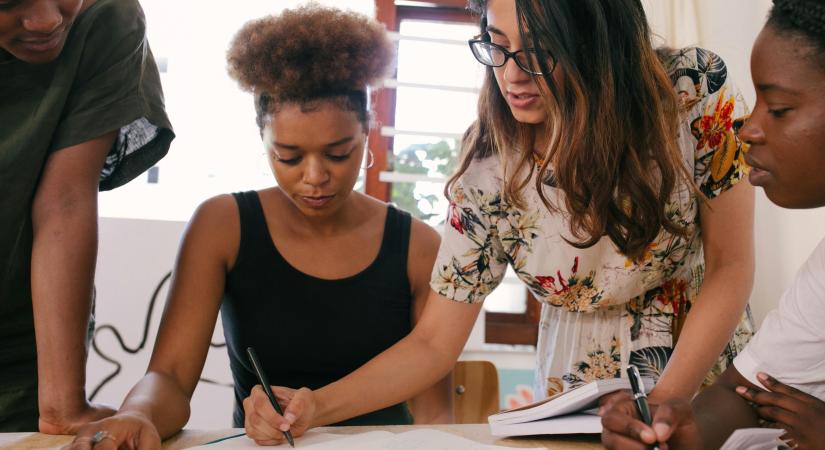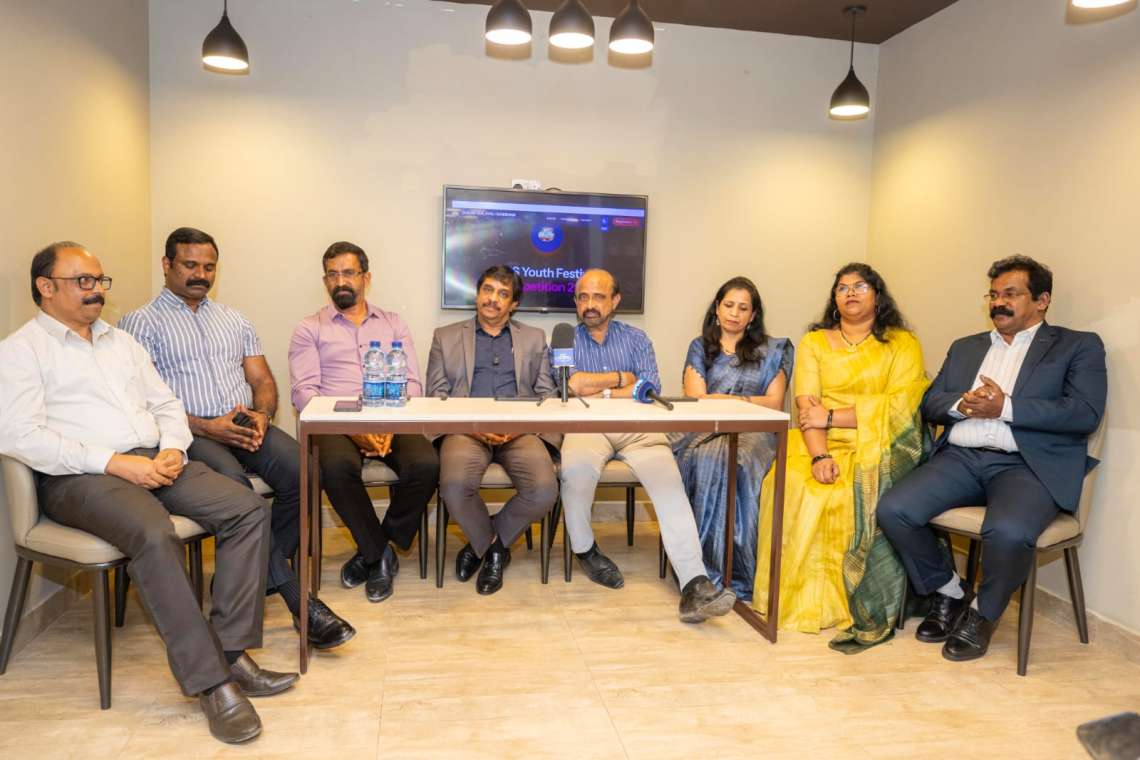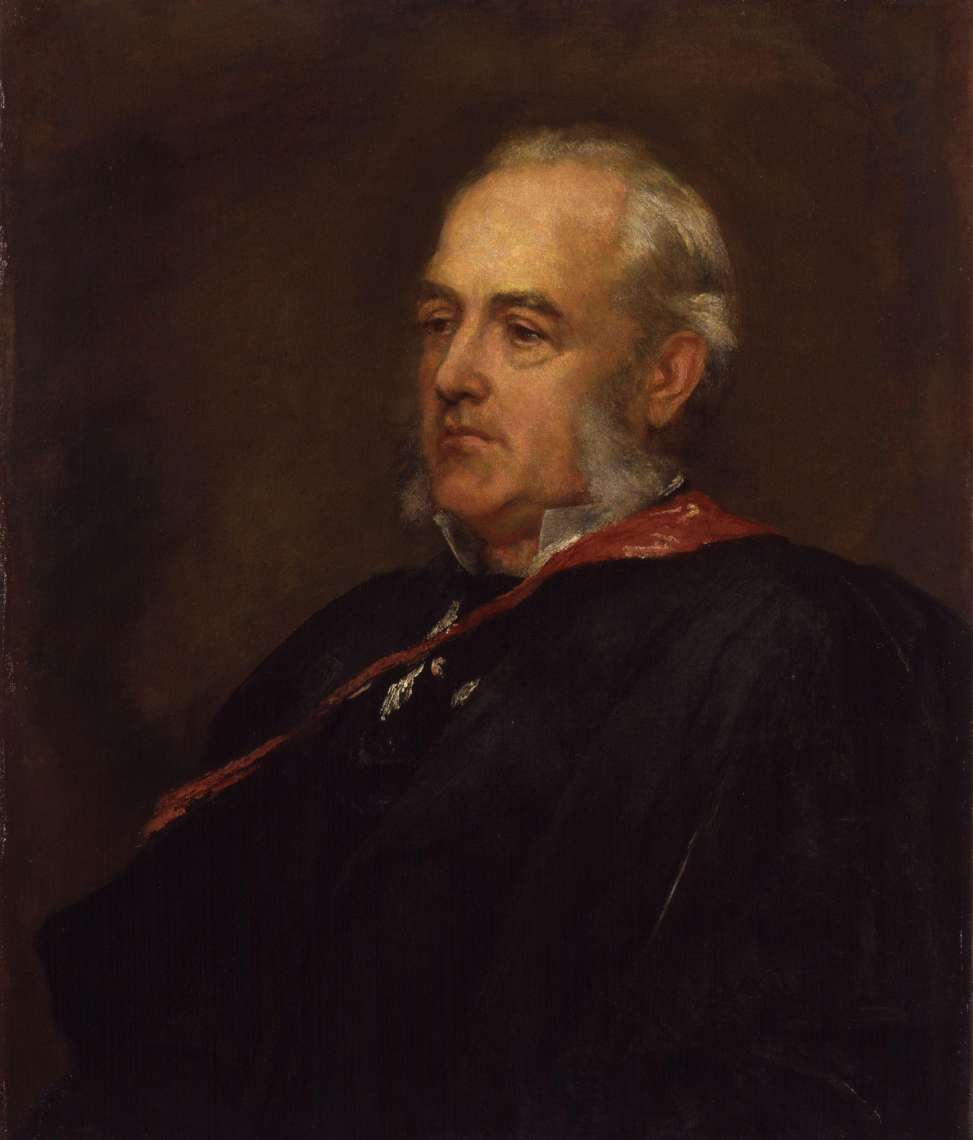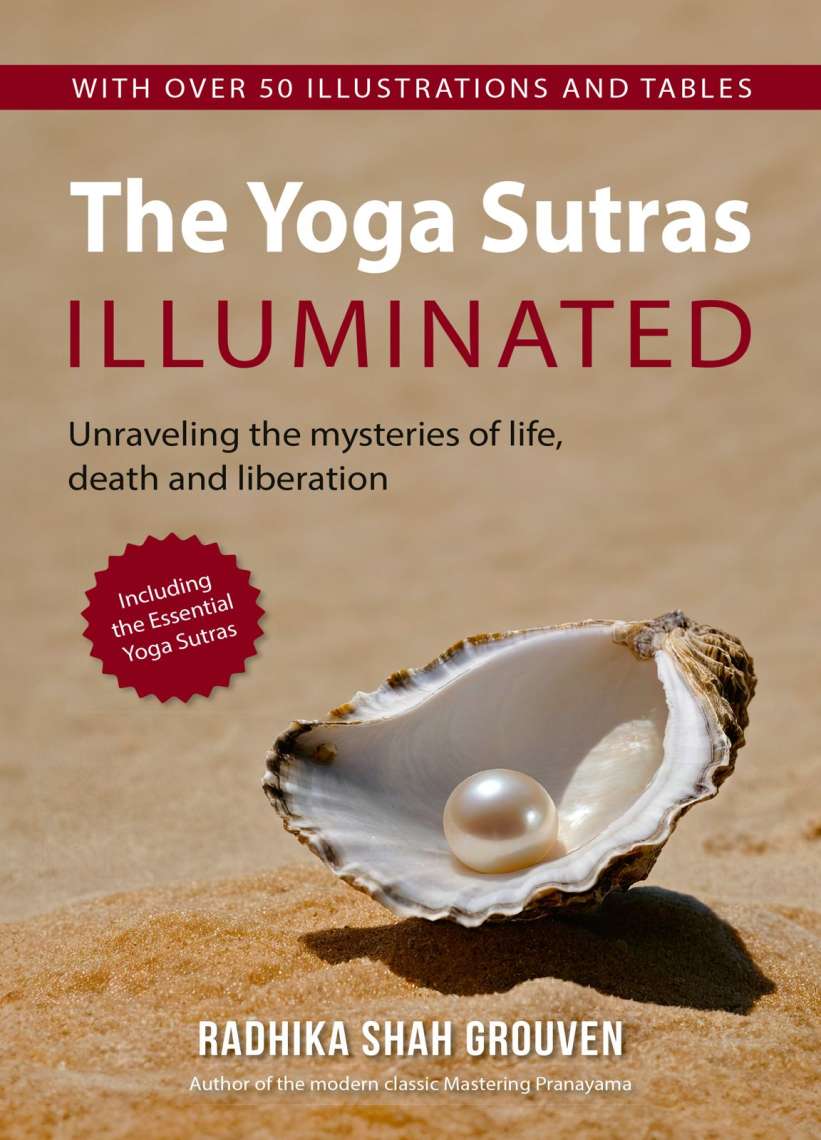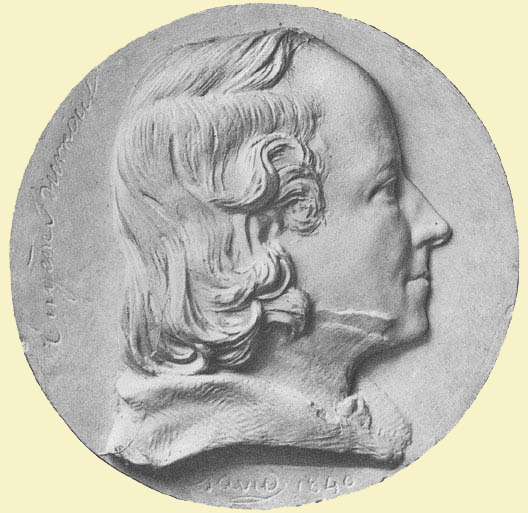Talk to her about how one witnessed several artists making art at different protest sites recently — Shaheen Bagh and the farmer’s agitation, and she sees the same as an act of solidarity…writes Sukant Deepak
For the past five decades Navjot Altaf has not let her voice be subdued. She shifted her base from Mumbai, and relocated to Bastar during the late 1990s to work with indigenous artists and communities that have borne witness to the enormous scale of deforestation, mining, pollution, and displacement. Through collaborations with artists, activists, workers, and organisations, her projects trace the complex connections between human exploitation and environmental crises that lie at the heart of climate change today.
Her practice stands at the intersection of art and activism and she is among the leading voices of her generation to regard art as a medium of social change.
Now, Ishara Art Foundation is presenting ‘Pattern’, the first solo exhibition of the artist in the Arabian Peninsula (September 14 – December 9) curated by Sabih Ahmed and includes work selected from different bodies of work, done from 2014-2015.
Altaf, whose works have been exhibited in galleries and museums worldwide including at Tate Modern in London maintains her art traces the characteristics of domination and exploitation (which is not a natural phenomenon), unequal relationships, social conditions created by hierarchy, or a specific social order which gives some of us power over the rest.
“In which for some, other people stand in the relation of de-personalized things to be used without regard to their existence or personality. In the context of climate change, for example, we can clearly see how the fossil fuel economy controlled by a handful of powerful gentries for profit [at any cost], is stifling our future. Environmental destruction too has its origins in hierarchy by exploring hierarchy, in its various forms, we can also see how the systems or patterns created by uneven divides amongst humans; between humans and non-humans have caused environmental crises.”
Since the early ’90s, Altaf has rarely worked in one medium (“I would say it is multi-media”). Stressing that she finds extremely engaging the process of art making in public places – site-specific, which can create grounds for communication, community engagements, and collaborations. “The politics embedded in these aesthetics is politics of inclusion,” the artist adds.
Maintaining that her decision to move to Bastar was a conscious one, as she was interested in focusing on the processes of human interaction, social discourses, and listening — as when one intervenes in unfamiliar areas where one is not born and brought up, he/she needs to be sensitive to understand the differences and peculiarities of the place one is in, the context one works in and peoples’ views, artistic expressions, which are relative to their cultural experiences and their emotional and psychological associations with the environment, etc.
“My research processes and close collaborations with indigenous communities impacted by coal mining and coal-fired power plants in the northern central part of Chhattisgarh sensitized me to the struggle of millions of people there and the world over, fighting for justice against powerful forces who are increasing the ecological vulnerability.
On the other hand, being amongst community people [in South Bastar] and observing some of the existing practices still relevant to a sustainable way of life, made me more interested in understanding, how can we make the biosphere the focus of concern. How can we develop an ecology-cantered worldview, understand the principles of ecological democracy, and not only acknowledge that we are linked to the planet, but are interdependent.”
In contemporary times, when ‘making art personal’ seems to have become an integral part of the art ecosystem, she questions if artists can separate themselves from the social world they live in. “Artist’s approach, the political, artistic choices, and decisions that determine his or her aesthetic sensibility… Any kind of practice requires critical analysis. I feel that the culture of critical viewing and reviewing is – on the move and in many ways the art world is coming full circle where the critical artistic position is recognized, and I can see that it is less of a minority position.”
Talk to her about how one witnessed several artists making art at different protest sites recently — Shaheen Bagh and the farmer’s agitation, and she sees the same as an act of solidarity. Adding that an artist’s daily life is affected by politics, society, and the environment as well, she adds that a number of artists from the earlier generation in India and some others were politically engaged and for some times were associated with progressive political parties during the Freedom movement in the 1940s.
“The recent collective protests within the current political scenario in India are a critique of defective democracy, right-wing authoritarianism, issues concerning minorities, and the state of refugees and to demand change in the forced implementation of laws. I see it as a signal for the transformation of representative governments in the future. Many people are using the internet, and online strategically. There is a whole debate going on – on 21st-century activism in the world.”
Talking about self-censorship, Altaf feels art has an emancipatory potential and by withdrawing into that mode (self-censorship), the artist takes a position of no trust – in artistic imagination and commitment to collective actions, for example, to reject authoritarianism and violent attacks on the right to express.”
Currently researching for two video works, Altaf does not really miss the spotlight that several artists who live in metros constantly enjoy. “My works are shown in India and internationally. I am more interested in how my practice enters into a critical art discourse.”
For Altaf, collaborating with artists from diverse cultures is exploratory and dynamic, and creates a chance to learn and reflect rather than focus on developing a formula. “Exposures and interaction with people from different cultural backgrounds, areas, or disciplines in urban and rural areas have sensitized me to never underestimate aesthetic sensibilities, lived experiences or knowledge systems of people from any culture, and the collaborators’ sense of the self and agency on the site of production plus how can the process contain openness to being different…” she concludes.




